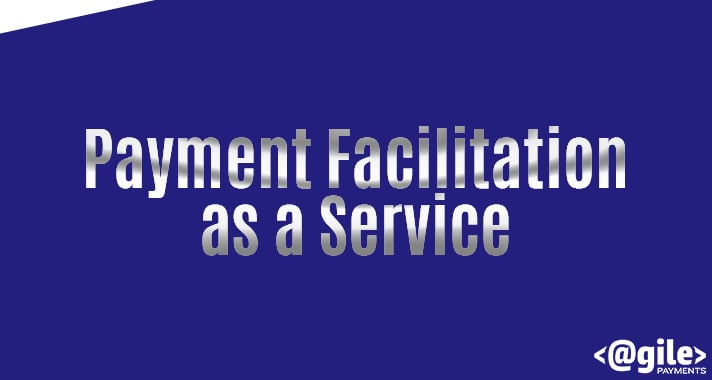For SaaS applications with payment needs, eg Rentlee, a landlord platform offering rent collection, Payment Facilitation as a Service allows the platform to act as a master merchant account. This allows landlords to be set up as sub-accounts and begin accepting rent payments instantly. In the past Rentlee would have had to spend hundreds of thousands of dollars and 6+ months to register with the card associations to act as a true Payment Facilitator.
Payment Facilitation as a Service allows the platform to leverage PayFac capabilities (instant onboarding) without the massive time and money investment (risk exposure as well).
When the need to instantly board app users is crucial Payment Facilitation as a Service becomes an integral part of business growth and profitability.
The first advantage is instant onboarding but revenue generation can just as important.
So how do you make money?
Revenue is derived simply from the difference in buy rate from the processing networks and the sell rate charged to the end customer. For illustration, if a Payment Facilitator knows their true overall cost amounts to 2.4% of processed volume and they sell at 2.9% their margin is .5% of dollars processed. If they process $10,000 per day that works out to $50 in revenue per day.
In Payment Facilitation As A Service, there are two possible revenue options.
The first is via revenue share. So the master Payment Facilitation provider may offer a 35 or 50% or more share of revenue as described above. The % depends on many variables including customer base, volume of transactions and dollars, support requirements etc.
You must keep in mind that allowing your platform to leverage Payment Facilitation has hard costs and ongoing costs. Becoming a true Payment Facilitator takes $100k+ initial investment plus ongoing payments costs. True Payment Facilitation ultimately means you are becoming a payments company.
In the 2nd option, platforms may be able to secure a cost-plus revenue plan. An example would be cost plus .30%.
In this model, if true cost is 2.05% then the platform has cost = 2.35%. If they sell at 2.9% the margin is .55%. There is profit in per-transaction fees as well. The platform makes ALL revenue above costs. This model may be attractive if your pricing model is well above traditional 2.9% and 30 cents.
In summary Payment Facilitation As A Service isn’t for everyone but that’s not what is important. The question is “Is it right for you”? That’s a question best answered by having a conversation with you guessed it: Agile Payments. Our strength is creating partnerships that help your business be more profitable.
Additional Payment Facilitation Resources
Another Reason for SaaS platforms to become a PayFac or Payment Facilitator
So You Want To Be a Payfac? The Number One Question You MUST Ask
Two key ways Payment Facilitation can change your business.
Why WePay is Wrong About PayFac ROI
Payment Facilitation and Property Management SaaS applications
Payment Facilitation and MyEvent.com : An interview with Rob Hirscheimer
3 Ways to Become an ACH PayFac
Why the Payment Facilitator Business Model is Compelling
Payment Facilitation: What Can Possibly Go Wrong?
3 Sure Signs that becoming a Payment Facilitator IS NOT for Your SaaS App
Looking to become a Payment Facilitator as an SaaS application?
7 Must-Haves in a Payment Facilitation Partner
5 Things You Must Have To Become A Payment Facilitator
Is Frictionless Onboarding Worth the Risk?
Why Every SaaS Platform Should Consider Becoming a PayFac





